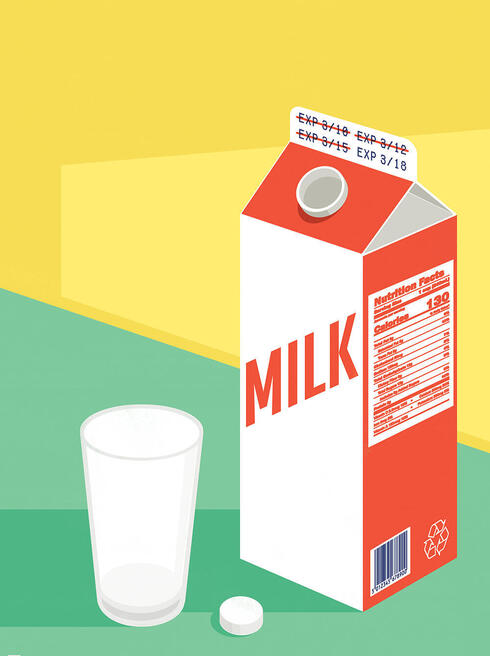You probably have a carton of milk in your fridge with a date inked on it—one that you’ve come to think indicates impending decay. Don’t take that date’s word for it: Even if it’s gone by, a sniff or a taste might reveal the milk is still fine.
Date labels such as Best By, Sell By, and Use By are common on food products found in US grocery stores. Although many of us—86% according to one study—throw away food once such “expiration” dates have passed, this waste is more due to confusion than fact. Indeed, these dates are about quality—manufacturers’ suggestions of when a product tastes best—not about safety or spoilage. The only item required by federal law to have a label identifying when it is safe to consume is baby formula. Adding to the ambiguity, labels are not standard across states, food types, or brands.
Misunderstanding date labels leads to millions of tons of discarded food in US homes every year—and wasted food represents roughly 10% of global greenhouse gas emissions and drives the loss of forests, grasslands, and other wildlife habitats. Instead of blindly tossing “past its date” food, use your senses. By investigating your food—looking, smelling, or doing a small taste test—you can determine more about its status than an arbitrary label will tell you.
Storage practices can also extend the life of food. Storing items like bread in the freezer will reduce the likelihood of molding or drying out, which can make it safe to eat for weeks, if not months—well past any stamped date.



